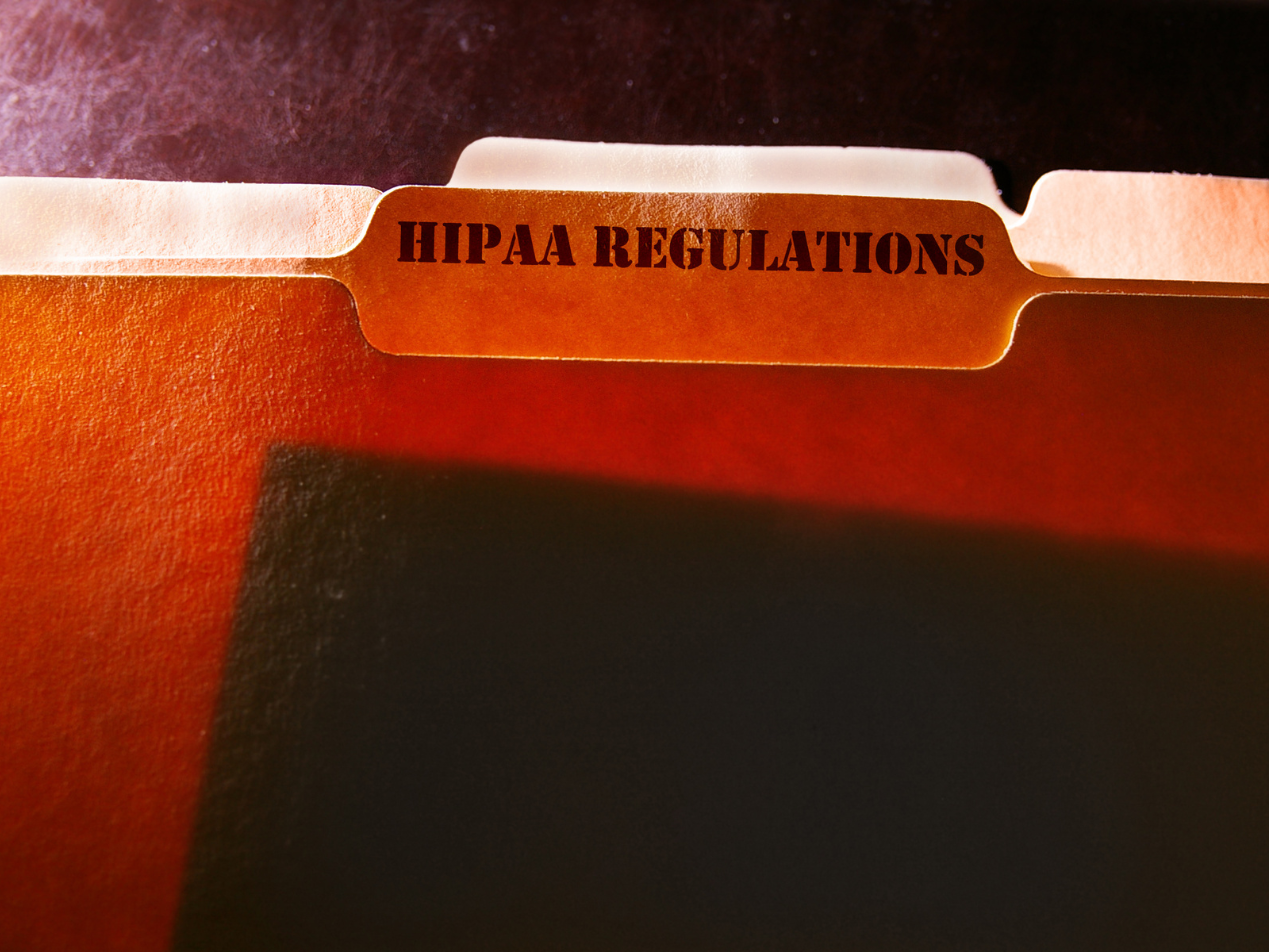
HIPAA's minimum necessary standard requires healthcare entities to limit the use and disclosure of PHI to the minimum amount needed for the intended purpose.
Healthcare organizations can protect PHI by implementing RBAC and MFA, setting clear data collection policies, using encryption and auditing systems, and fostering a culture of privacy through education and awareness campaigns. Regular reviews and risk assessments ensure HIPAA compliance and patient privacy.
Read more: What is the Minimum Necessary Standard?
Who does the minimum necessary standard apply to?
Covered entities and business associates must comply with the minimum necessary standard. Healthcare providers, health plans, and clearinghouses are covered entities, and business associates perform specific functions on behalf of covered entities, such as billing or data analytics.
Practical strategies for ensuring minimum necessary PHI access and sharing
Implementing access controls
- Role-based access control (RBAC): Define specific roles and permissions for employees based on their job duties.
- Multi-factor authentication (MFA): Enhance security by requiring two or more authentication factors for accessing PHI.
- Data segmentation: Categorize and segment PHI based on sensitivity levels, controlling access accordingly.
Related: A guide to HIPAA and access controls
Minimizing data collection
- Develop clear data collection policies: Clearly define the specific data elements necessary for each task or purpose.
- Use standardized forms and templates: Standardize data collection forms to ensure consistency and avoid unnecessary information.
Leveraging technology
- Data minimization tools: Use software tools to de-identify and redact unnecessary PHI.
- Encryption: Protect PHI at rest and in transit with robust encryption measures.
- Auditing and monitoring tools: Regularly monitor and audit PHI access to identify and address suspicious activity.
Education and training
- Regular training on the HIPAA minimum necessary standard: Ensure all staff members understand their role in protecting patient privacy.
- Implement awareness campaigns: Promote a culture of privacy within the organization, fostering mindfulness of the minimum necessary principle.
Continuous review and improvement
- Regularly review and update policies and procedures: Keep policies aligned with the latest regulations and best practices.
- Conduct periodic risk assessments: Identify vulnerabilities in PHI handling practices and implement additional safeguards as needed.
- Adapt to changes in workflows and regulations: Stay flexible and responsive to evolving healthcare landscapes.
Subscribe to Paubox Weekly
Every Friday we'll bring you the most important news from Paubox. Our aim is to make you smarter, faster.




